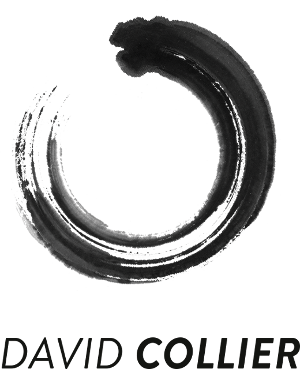Locative/Mobile
Location33 – Mobile Music #3
 Location33 is a locative music work set in Culver City, California that explores the idea of an album in space and time. People listen to the album by walking through audio nodes throughout the city. A different song is available each day as the album evolves over the course of the week. As implicit in its title, Location33: Envisioning Post iPodalyptic Mobile Music, this work looks at the question “What’s next in personal stereo listening?”. It was created by William Carter and Leslie Liu at the University of Southern California. Read more
Location33 is a locative music work set in Culver City, California that explores the idea of an album in space and time. People listen to the album by walking through audio nodes throughout the city. A different song is available each day as the album evolves over the course of the week. As implicit in its title, Location33: Envisioning Post iPodalyptic Mobile Music, this work looks at the question “What’s next in personal stereo listening?”. It was created by William Carter and Leslie Liu at the University of Southern California. Read more
Ambient Addition – Mobile Music #1
I’m taking a break from my series on open source controllers for a while to write about Mobile and Locative Audio. At the moment I’m working on creating a mobile music composition and wanted to share some of the interesting projects that I’ve come across in the process. The first project I’m going to cover is Ambient Addition. This was the work that got me interested in mobile music originally and started me thinking about mobile devices as a compositional medium.

Ambient Addition is a hardware device that augments the sounds your hear around you by synthesising an augmented version in real time. The goal of the Ambient Addition is to change the dynamic of personal stereo use. It mediates environmental sound so that people can still remaining connected to their environment while listening to something musical. Shifting the listening experience from a passive isolating one to a one that allows you to actively engage with your environment. It was created by Noah Vawter for a masters thesis at the Media Lab. Read more

